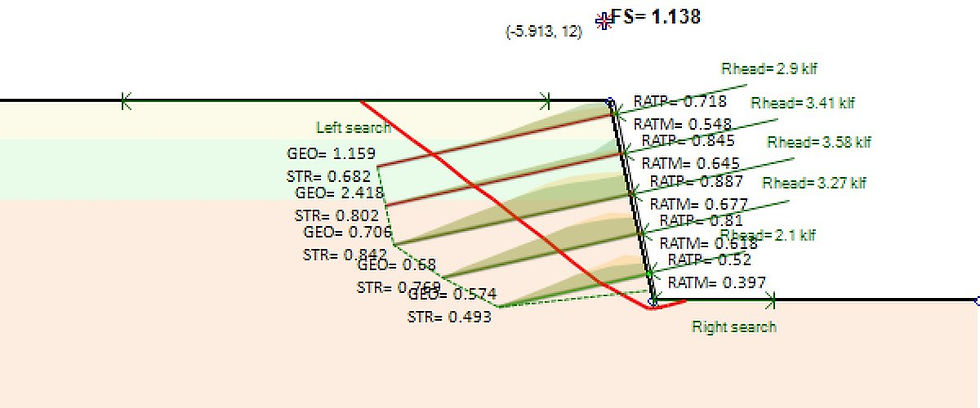ABOUT

SnailPlus - Soil nail analysis software
Full Structural Design of all items: Soil Nails, Shotcrete Facing, Head Plates
SnailPlus is our slope stability analysis and soil nail wall design software. While soil nailing is also available in our DeepEX software program, SnailPlus was created to bring all the necessary capabilities into one package.
The software follows the FHWA methodology for the design of soil nail walls, in an interactive environment built on the DeepEX basic layout. This means that you can include all intermediate construction stages for your soil nail wall, include 3D loads, all in an interactive environment.
Last, SnailPlus is the only software that produces a full printable report of all design calculations.
SNAILPLUS SOFTWARE

What is new in SnailPlus 2024?
We are proud to announce that SnailPlus 2024 is here! The latest itteration of our software, is a testament to our commitment to innovation. Improved slice generation for precise layer intersections, updated concrete codes, and enhanced report outputs underscore our dedication to refining every aspect of the user experience. With variable facing thickness options, the introduction of prestressed soil nails, and updated load combinations per AASHTO and Canadian codes, SnailPlus 2024 sets a new standard for slope stability analysis.
SnailPlus 2024 improvements and new capabilities:
✓ Improved slice generation for exact layer intersections
✓ Updated concrete codes
✓ Updated AASHTO and Canadian code load combinations
✓ Improved wizard generation
✓ Improved report outputs
✓ Variable facing thickness options
✓ Prestressed soil nails
✓ Output drawings to DX
BENEFITS
WHY CHOOSE GEOBASE?
Intuitive Interactive Interface
Graphical Modeling
Versatility in Load Inputs
Customization and Flexibility
Customization and Flexibility
Detailed Reporting
our TUTORIALS
FEATURES
SNAILPLUS SOFTWARE PACKAGE: START WITH THE BASIC VERSION - POWER UP WITH ADDITIONAL MODULES!
Examples
Resources
CURIOUS TO LEARN MORE? DISCOVER OUR RESOURCES
Our Partners
%201%20(1).png)
%20(1)%201%20(1).png)








.png)







.png)
.png)
.png)
.png)

.png)
.png)
.png)

.png)




.png)

%201.png)

TRUSTED BY MORE THAN 3000 PROFESSIONAL USERS - ENGINEERS AND FIRMS - WORLDWIDE!










